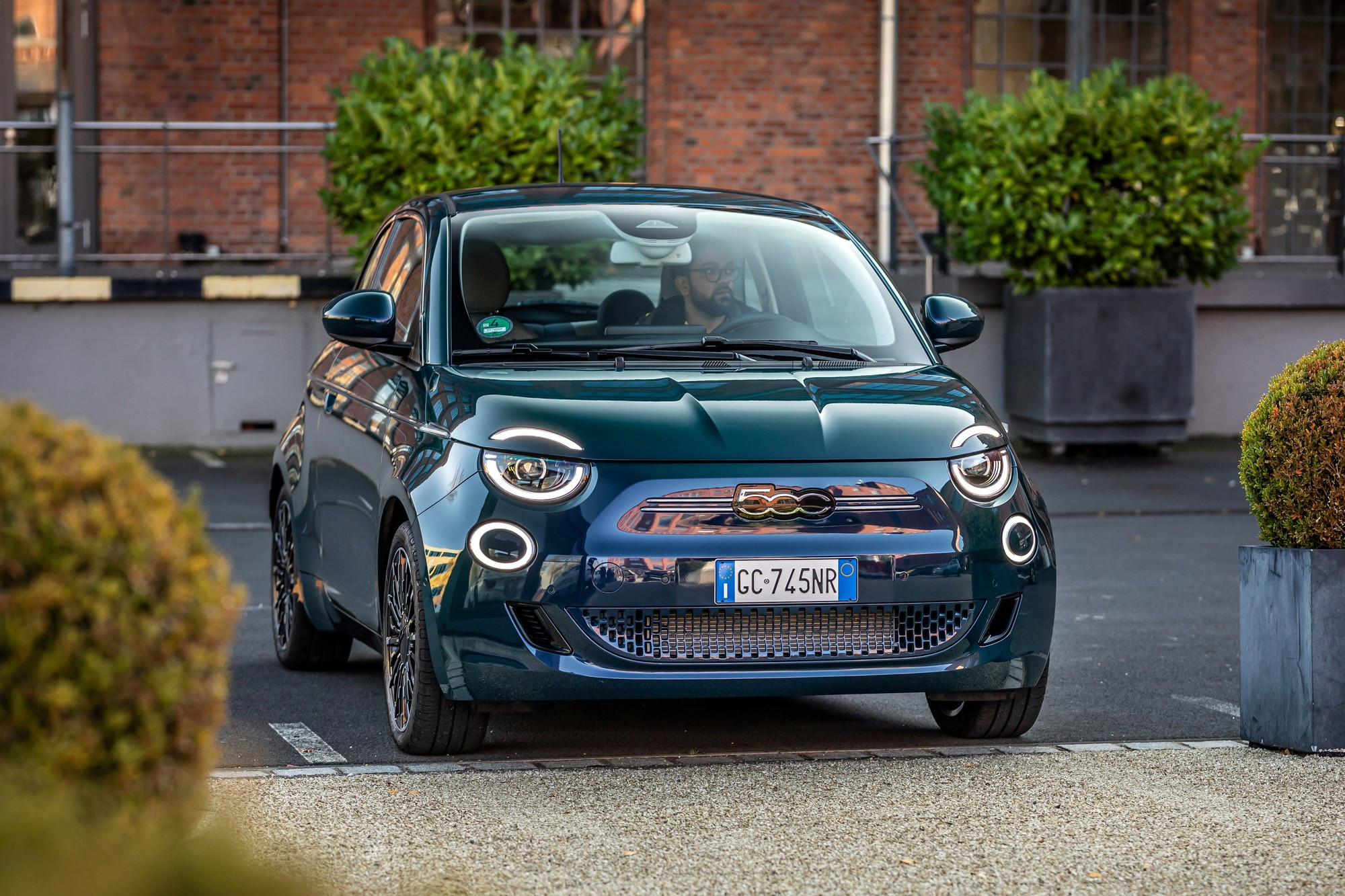
The mild-hybrid version of the new Fiat 500 will be made on the basis of an electric one — this is the first conversion of this kind in the history of the modern automobile industry, Stellantis Corporation will decide with with its help, several problems at once: creating a replacement for the old gasoline Fiat 500 leaving Europe, loading the Mirafiori plant in Turin and normalizing relations with the Italian government.
Rumors that Stellantis is preparing a “hydrocarbon” version of the new Fiat 500 appeared in the European business press in March this year at the instigation of Automotive News Europe, and yesterday this information was officially confirmed by the head of Stellantis Carlos Tavares during a meeting in Turin with representatives of trade unions.< /p>
There are several prerequisites for the appearance of the new Fiat 500 with an internal combustion engine. Firstly, the old petrol “500th”, which has been produced since 2007, will soon be forced to leave the European market, as it does not comply with the new cybersecurity rules for cars — they will come into force in July this year.
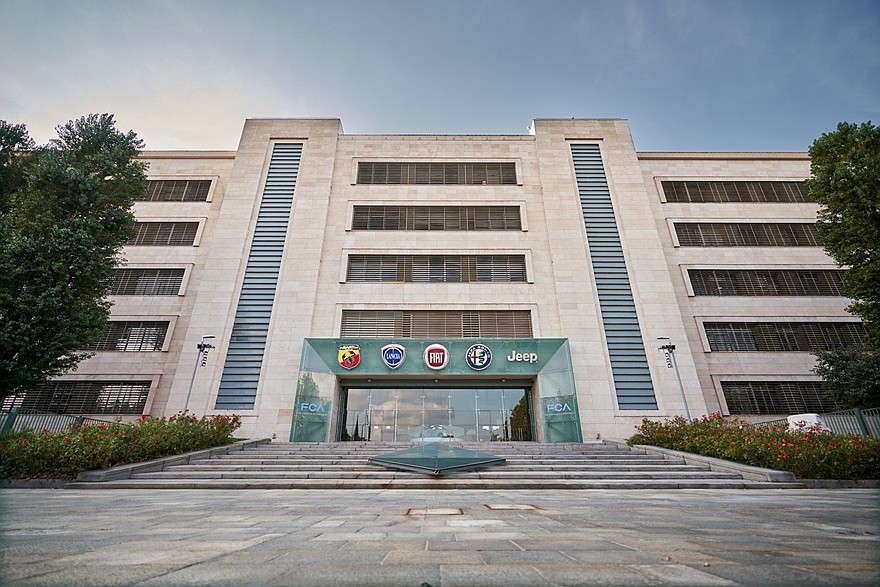 Mirafiori plant in Turin 1/5
Mirafiori plant in Turin 1/5 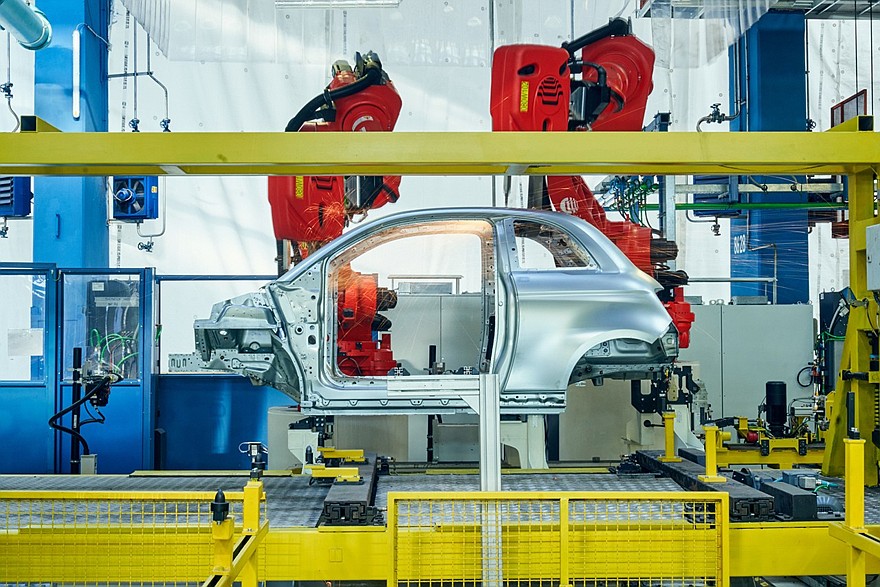 Mirafiori plant in Turin 2/5
Mirafiori plant in Turin 2/5 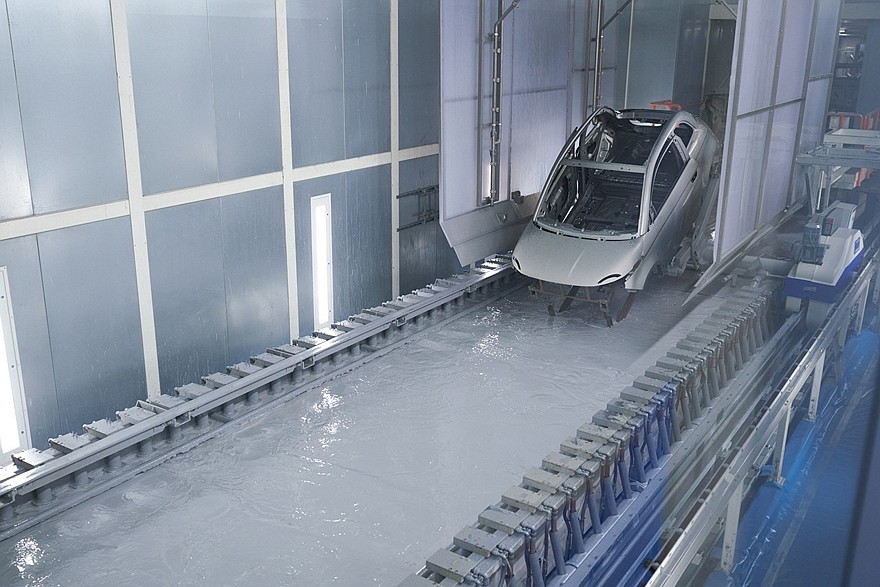 Mirafiori plant in Turin 3/5
Mirafiori plant in Turin 3/5  Mirafiori plant in Turin 4/5
Mirafiori plant in Turin 4/5 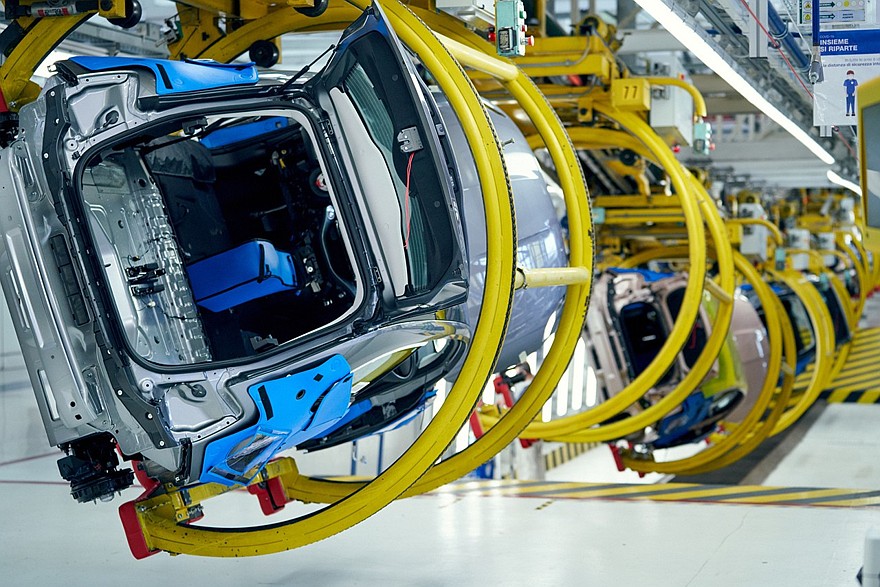 Mirafiori plant in Turin 5/5
Mirafiori plant in Turin 5/5
Secondly, the new electric Fiat 500e, which debuted in 2020, is selling worse than the company expected: in January-April of this year, according to the analytical agency Dataforce, only 12,288 copies of this model were sold in Europe (-29.3% on compared to APPG). Due to weak demand for the Fiat 500e, a significant part of the employees of the Mirafiori plant, where the electric hatchback is produced, have to be periodically sent to idle time, which makes trade unions very nervous.
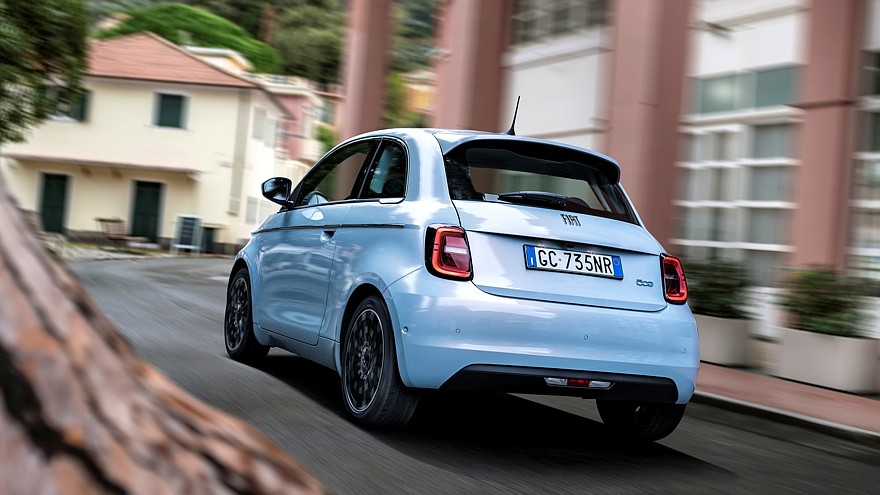 Fiat 500e
Fiat 500e
Thirdly, Stellantis is under pressure from the current nationalist government of Italy, which has been headed by Giorgia Meloni since 2022: the authorities want Italian cars to be produced in Italy and are using rather stringent incentive measures for this. In April, the Stellantis corporation was forced to urgently rename the newly introduced Alfa Romeo Milano crossover to Junior, as Italian Industry Minister Adolfo Urso said that the Italian name Milano could not be used for a Polish-assembled crossover — they say this is the law and the government requires compliance with it. Earlier in May, in the port of Livorno, Italian police seized a batch of 134 Fiat Topolino electric cars assembled in Morocco, since their bodies had stickers with the Italian flag, which allegedly could mislead buyers — if you want to decorate the cars with the Italian flag, assemble them in Italy.< br />
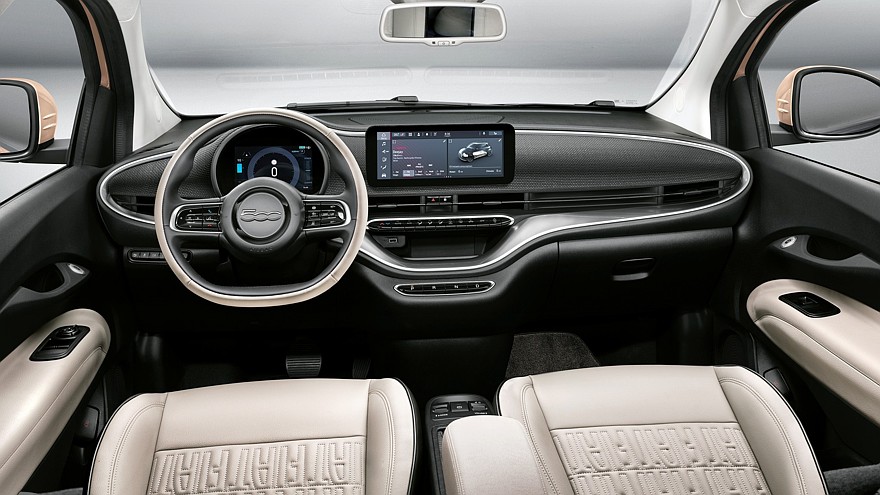 Fiat 500e
Fiat 500e
Transforming the electric Fiat 500e into a mild hybrid is a clever move on the part of Carlos Tavares, it should solve all the above problems, but you need to wait a little: the Fiat 500e was not originally designed to install an internal combustion engine, so it will need reengineering; the new version will appear on the Mirafiori plant conveyor in the first quarter of 2026. The new Fiat 500 with an internal combustion engine will more than double the production volume of the Mirafiori plant: it is expected that the total circulation of the new Fiat 500 after the launch of the version with an internal combustion engine will increase from 77,000 units. (this amount was made in 2023) up to 200,000 units. per year, of which 75,000 will be electric versions.
In addition, it was announced that Stellantis will produce a hybrid version of the next-generation Jeep Compass compact crossover (expected in 2026) at the Melfi plant in southern Italy, which will ultimately increase the total number of vehicles produced by Stellantis in Italy from the current 750 000 to 1,000,000 pcs. per year, which, in fact, was what the Meloni government sought. The trade unions, of course, are also pleased with this turn of events.
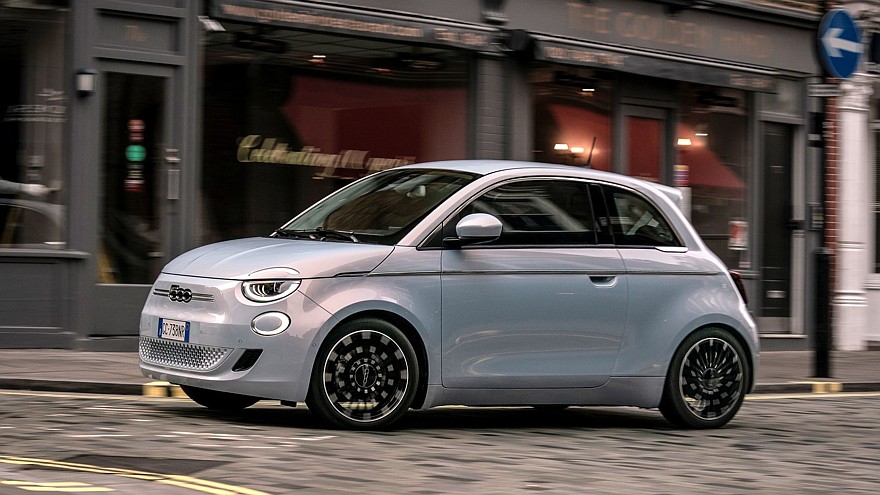 Fiat 500e
Fiat 500e
Technical details about the “hydrocarbon” version of the new Fiat There is no 500 yet — it is only clear that it will be a mild hybrid and based on a relatively simple and cheap gasoline engine, since the entry price should be affordable for the mass European consumer. Most modern electric cars are too expensive for such a consumer and are not suitable for daily use for a number of reasons, including the underdeveloped charging infrastructure in poor regions of Italy.
Meanwhile, the old Fiat 500 is not going to retire: next summer it will be sent from the Polish plant in the city of Tychy to Algeria to a brand new plant launched at the end of last year in Tafraoui-Oran with a capacity of 90,000 cars per year, from here it will be supplied to developing markets — mainly African countries and the Middle East.










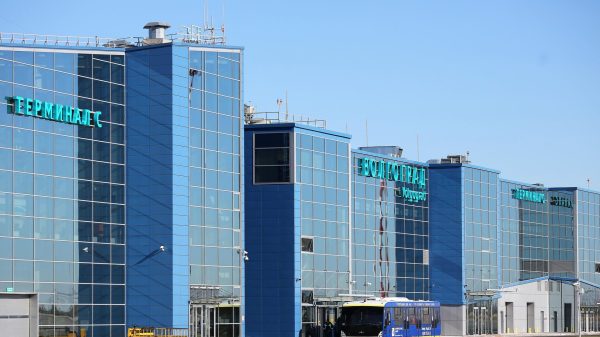
















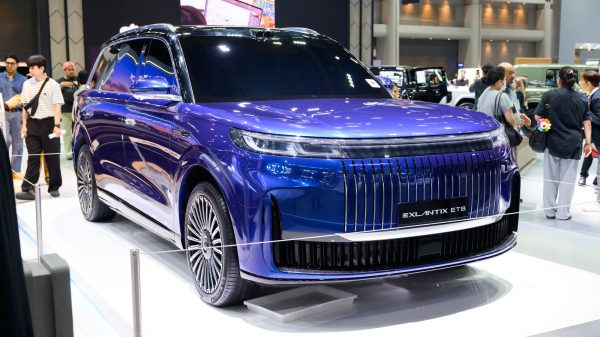
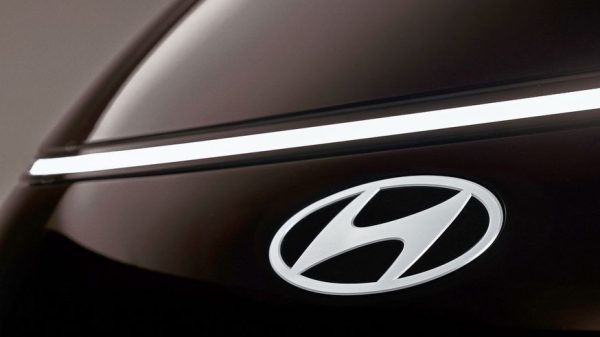

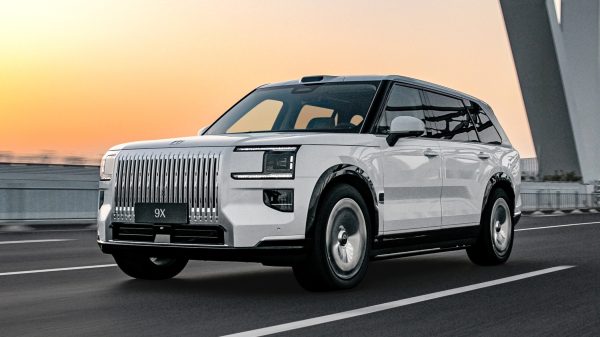























Свежие комментарии